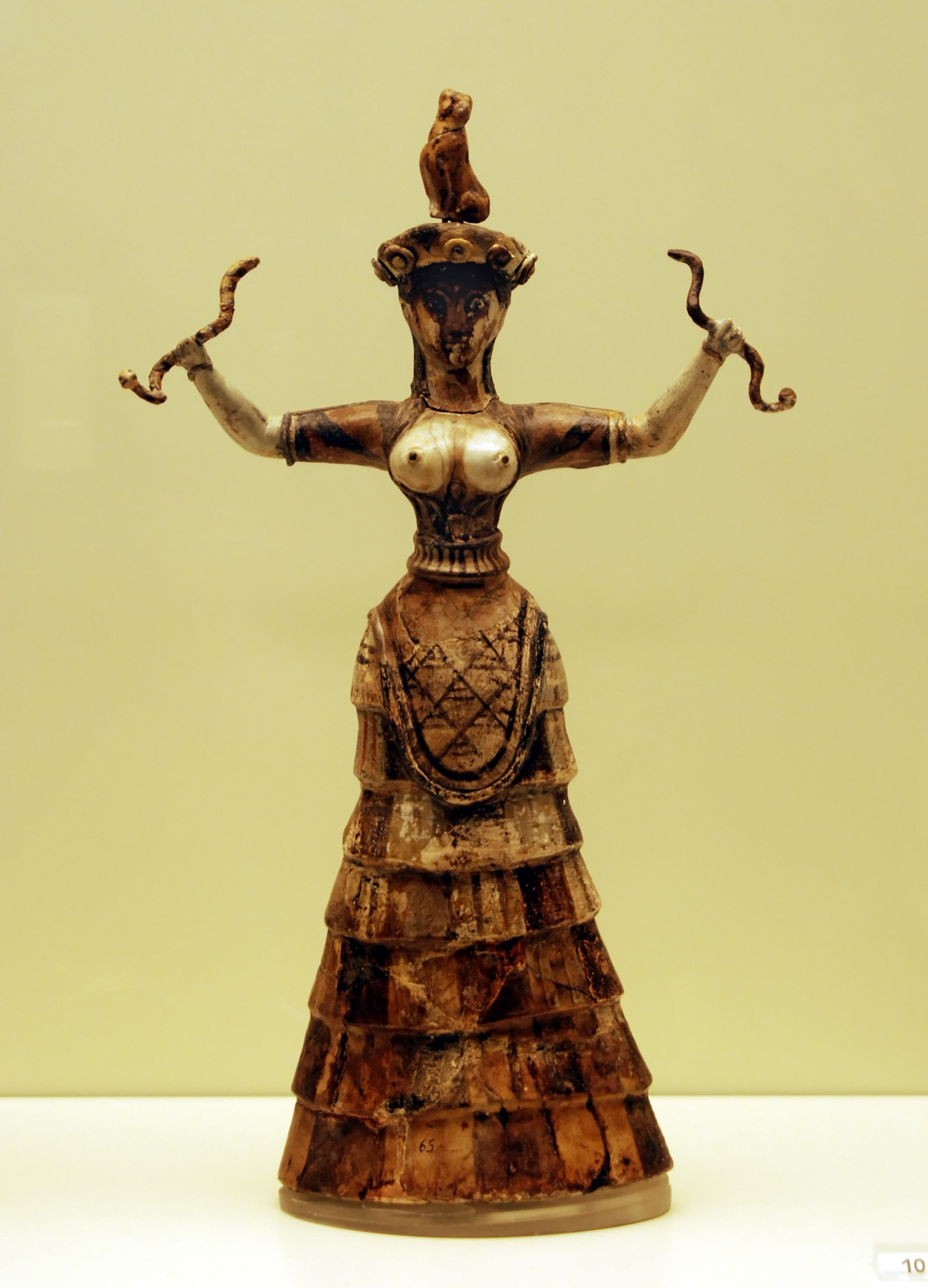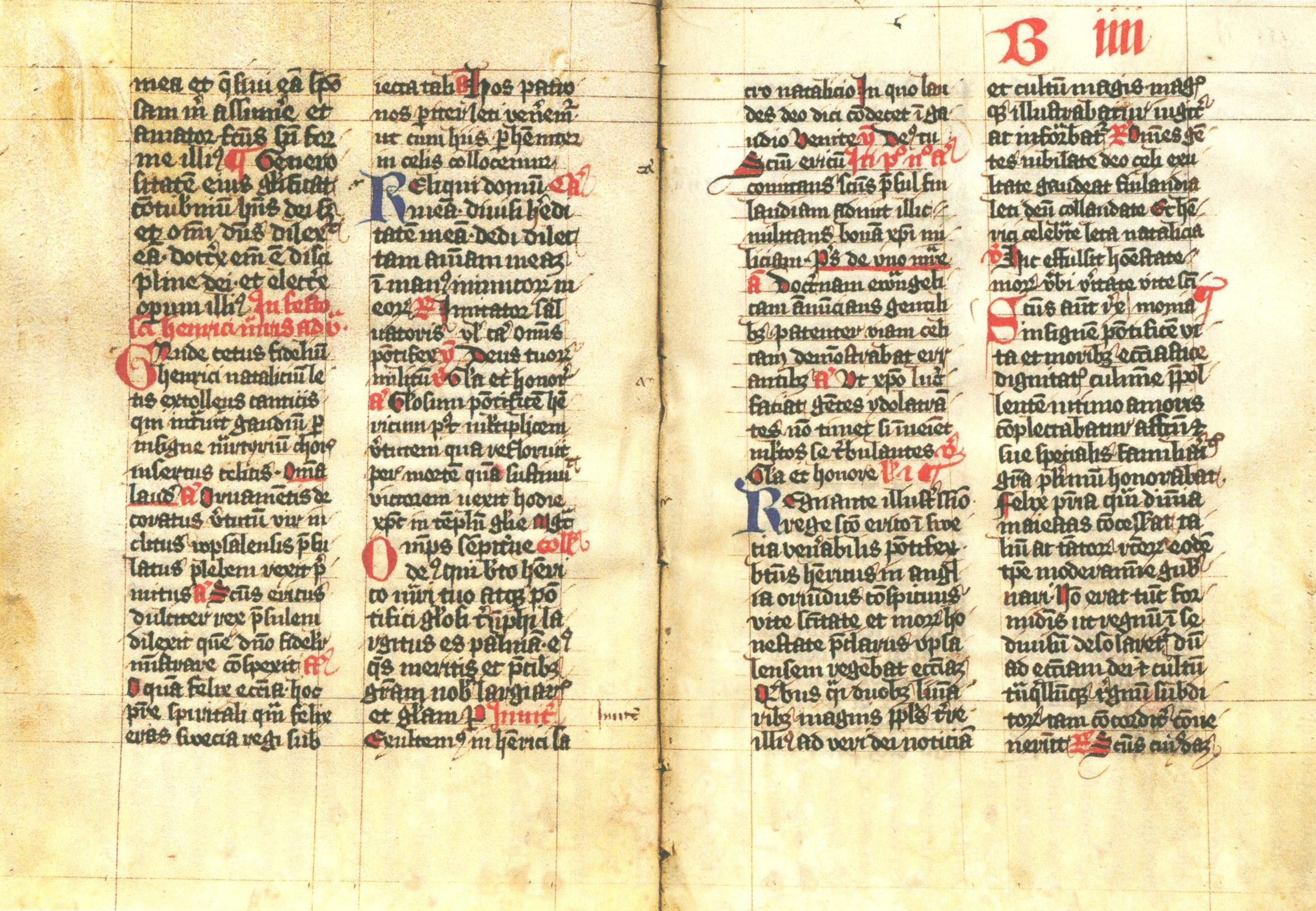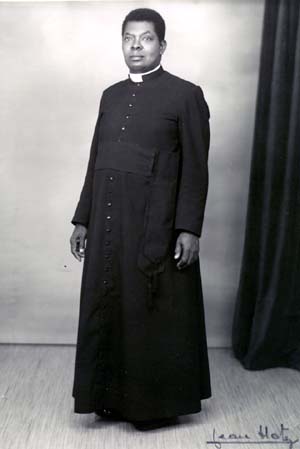|
Girdle
A belt without a buckle, especially if a cord or rope, is called a girdle in various contexts, especially historical ones, where girdles were a very common part of everyday clothing from antiquity until perhaps the 15th century, especially for women. Most girdles were practical pieces of costume to hold other pieces in place, but some were loose and essentially for decoration. Among the elite these might include precious metals and jewels. Today, girdles are part of Christian liturgical vestments, and the word is used in other contexts, such as American sports (for what is really a kind of underwear). The girdle as an undergarment or abbreviated corset around the waist is a different, essentially 20th-century, concept, but from around 1895 there was a fashion for "girdles" as a separate section of a fashionable dress, worn just above the waist on top of the main dress. It was typically up to about eight inches high, and often terminated in a "V" shape. It might be the same c ... [...More Info...] [...Related Items...] OR: [Wikipedia] [Google] [Baidu] |
Girdle Book
Girdle books were small portable books worn by Middle Ages, medieval European monks, clergymen and Aristocracy (class), aristocratic nobles as a popular accessory to medieval costume, between the 13th and 16th centuries. They consisted of a book whose leather binding continued loose below the cover of the book in a long tapered tail with a large knot at the end which could be tucked into one's girdle or belt. The knot was usually strips of leather woven together for durability. The book hung upside down and backwards so that when swung upwards it was ready for reading. The books were normally religious: a cleric's daily Office, or for lay persons (especially women) a Book of Hours. One of the best known texts to become a girdle book is Boethius's ''The Consolation of Philosophy'', although it is the only surviving philosophical/theological girdle book. Women especially wore the girdle book out of convenience since it was already fashionable, at least in the 15th century, to wea ... [...More Info...] [...Related Items...] OR: [Wikipedia] [Google] [Baidu] |
Girdle (undergarment)
A girdle is a form-fitting foundation garment that encircles the lower torso, extending below the hips, and worn often to shape or for support. It may be worn for aesthetic or medical reasons. In sports or medical treatment, a girdle may be worn as a compression garment. This form of women's foundation replaced the corset in popularity, and was in turn to a larger extent surpassed by pantyhose in the 1960s. Evolution from the corset During the 1890s, the silhouette and use of the corset began to change. It became longer and S-shaped, with more emphasis on control for the waist and the top of the thighs. The newer foundation garment extended from the waist to the hips and stomach. The term girdle began to be used to identify this type of undergarment around the time of the First World War. Around this time, rubberized elastic was introduced. Women now coaxed their bodies into two new types of foundations, the two-way stretch girdle and the cup-type brassiere, both more comfortable ... [...More Info...] [...Related Items...] OR: [Wikipedia] [Google] [Baidu] |
Strophium
The history of bras (brassières; variously pronounced) is closely tied to the social status of women, the evolution of fashion, and shifting views of the female body over time. Throughout history, women have used various garments to support, cover, restrain, reveal, enhance, or modify the appearance of their breasts. Artifacts from the Minoan civilization, dating back to the 14th century BCE, depict women wearing bikini-like garments. Some evidence suggests that during the Greco-Roman period, women had developed specialized bra-like garments to support their breasts. By the 14th century CE, the proto-bra was in development in Europe. From approximately the 16th century CE onward, the corset dominated the undergarments of wealthier women in the Western world. Corsets came in varying lengths, with some designed only to support the bust, while others extended down to shape the waist. In the latter part of the 19th century, women experimented with various alternatives, such as sp ... [...More Info...] [...Related Items...] OR: [Wikipedia] [Google] [Baidu] |
Corset
A corset /ˈkɔːrsɪt/ is a support garment worn to constrict the torso into the desired shape and Posture correction, posture. They are traditionally constructed out of fabric with boning made of Baleen, whalebone or steel, a stiff panel in the front called a Busk (corsetry), busk which holds the torso rigidly upright, and some form of lacing which allows the garment to be tightened. Corsets, also known as stays, were an essential undergarment in European women's fashion from the 17th century to the early 20th century. In the 17th and 18th centuries they had a conical, straight-sided shape. This eventually evolved into the more curvaceous 19th century form. By the beginning of the 20th century, shifting gender roles and the onsets of World War I and World War II, II (and the associated material shortages) led the corset to be largely discarded by mainstream fashion. Since the corset fell out of use, the fashion industry has extended the term "corset" to refer to garments which ... [...More Info...] [...Related Items...] OR: [Wikipedia] [Google] [Baidu] |
Girdler
Girdler is a surname of professional origin. Girdlers or belt makers are people who make metal belts worn around the waist and other small metal objects. The occupation was of particular importance in the past, but still exists today. The surname may refer to: People with the surname Girdler * Chris Girdler, American politician from Kentucky *Eddie Girdler, American politician from Kentucky * Nick Girdler, British radio broadcaster *Ryan Girdler Ryan Girdler (born 19 September 1972) is an Australian former professional rugby league footballer who played in the 1990s and 2000s. A New South Wales State of Origin and Australia international representative goal-kicking centre, he played ... (born 1972), Australian rugby player * William Girdler (1947–1978), American filmmaker People with the given name Girdler * George Girdler Smith, American engraver in 19th-century Boston Other uses * Girdler, Kentucky * Girdler Island See also * Girdler sulfide process, industrial produ ... [...More Info...] [...Related Items...] OR: [Wikipedia] [Google] [Baidu] |
Tainia (costume)
In ancient Greek costume, a tainia (; : or ; : taeniae) was a headband, ribbon, or fillet Fillet may refer to: *Annulet (architecture), part of a column capital, also called a fillet *Fillet (aircraft), a fairing smoothing the airflow at a joint between two components *Fillet (clothing), a headband *Fillet (heraldry), diminutive of the .... The tainia headband was worn with the traditional ancient Greek costume. The headbands were worn at Greek festivals. The gods also bound their heads with tainiai. Furthermore, cult images, trees, urns, monuments, animal sacrifices and the deceased had tainiai wound around them. They were later adopted by the Romans. Brill's New Pauly. Brill Online, 2013. Reference. 28 June 2013 A similar type of headband was the [...More Info...] [...Related Items...] OR: [Wikipedia] [Google] [Baidu] |
Vestment
Vestments are Liturgy, liturgical garments and articles associated primarily with the Christianity, Christian religion, especially by Eastern Christianity, Eastern Churches, Catholic Church, Catholics (of all rites), Lutherans, and Anglicans. Many other groups also make use of liturgical garments; among the Calvinism, Reformed (Calvinist) Churches this was a point of Vestments controversy, controversy in the Protestant Reformation and sometimes since, in particular during the Ritualism in the Church of England#Ritualist controversies in the 19th century, ritualist controversies in the Church of England in the 19th century. Origins In the early Christian churches, officers and leaders, like their congregations, wore the normal dress of civil life in the Greco-Roman world, although with an expectation that the clothing should be clean and pure during holy observances. From the 4th century onward, however, modifications began to be made to the form of the garments, and, as secula ... [...More Info...] [...Related Items...] OR: [Wikipedia] [Google] [Baidu] |
Breviary
A breviary () is a liturgical book used in Christianity for praying the canonical hours, usually recited at seven fixed prayer times. Historically, different breviaries were used in the various parts of Christendom, such as Aberdeen Breviary, Belleville Breviary, Stowe Breviary and Isabella Breviary, although eventually the Roman Breviary became the standard within the Roman Catholic Church (though it was later supplanted with the Liturgy of the Hours); in other Christian denominations such as the Lutheran Churches, different breviaries continue to be used, such as The Brotherhood Prayer Book. Different breviaries The "contents of the breviary, in their essential parts, are derived from the early ages of Christianity", consisting of psalms, Scripture lessons, writings of the Church Fathers, as well as hymns and prayers. From the time of the early Church, the practice of seven fixed prayer times, being attached to , have been taught; in '' Apostolic Tradition ... [...More Info...] [...Related Items...] OR: [Wikipedia] [Google] [Baidu] |
Bible
The Bible is a collection of religious texts that are central to Christianity and Judaism, and esteemed in other Abrahamic religions such as Islam. The Bible is an anthology (a compilation of texts of a variety of forms) originally written in Hebrew, Aramaic, and Koine Greek. The texts include instructions, stories, poetry, prophecies, and other genres. The collection of materials accepted as part of the Bible by a particular religious tradition or community is called a biblical canon. Believers generally consider it to be a product of divine inspiration, but the way they understand what that means and interpret the text varies. The religious texts were compiled by different religious communities into various official collections. The earliest contained the first five books of the Bible, called the Torah in Hebrew and the Pentateuch (meaning 'five books') in Greek. The second-oldest part was a collection of narrative histories and prophecies (the Nevi'im). The third co ... [...More Info...] [...Related Items...] OR: [Wikipedia] [Google] [Baidu] |
Cassock
The cassock, or soutane, is a Christian clerical clothing, clerical coat used by the clergy and Consecrated life, male religious of the Oriental Orthodox Churches, Eastern Orthodox Church and the Catholic Church, in addition to some clergy in certain List of Protestant denominations, Protestant denominations such as Anglicanism, Anglicans and Lutheranism, Lutherans. "Ankle-length garment" is the literal meaning of the corresponding Latin term, . It is related to the Religious habit, habits traditionally worn by nuns, monks, and friars. The cassock derives historically from the tunic of classical antiquity that in ancient Rome was worn underneath the toga, and the Chiton (garment), chiton that was worn beneath the himation in ancient Greece. In religious services, it has traditionally been worn underneath vestments, such as the alb. In the West, the cassock is little used today except for religious services, save for Traditionalist Catholicism, traditionalist and those other C ... [...More Info...] [...Related Items...] OR: [Wikipedia] [Google] [Baidu] |
Christian Monastic
Christian monasticism is a religious way of life of Christians who live ascetic and typically cloistered lives that are dedicated to Christian worship. It began to develop early in the history of the Christian Church, modeled upon scriptural examples and ideals, including those in the Old Testament. It has come to be regulated by religious rules (e. g., the Rule of Saint Augustine, Anthony the Great, St Pachomius, the Rule of St Basil, the Rule of St Benedict) and, in modern times, the Canon law of the respective Christian denominations that have forms of monastic living. Those living the monastic life are known by the generic terms monks (men) and nuns (women). The word ''monk'' originated from the Greek (, 'monk'), itself from () meaning 'alone'. Christian monks did not live in monasteries at first; rather, they began by living alone as solitaries, as the word might suggest. As more people took on the lives of monks, living alone in the wilderness, they started to come ... [...More Info...] [...Related Items...] OR: [Wikipedia] [Google] [Baidu] |
Lutheran World Federation
The Lutheran World Federation (LWF; ) is a global Communion (religion), communion of national and regional Lutheran denominations headquartered in the Ecumenical Centre in Geneva, Switzerland. The federation was founded in the Swedish city of Lund in the aftermath of the Second World War in 1947 to coordinate the activities of the many differing Lutheran churches. Since 1984, the member churches are in Altar and pulpit fellowship, pulpit and altar fellowship, with common doctrine as the basis of membership and mission activity. The LWF now has 150 member church bodies in 99 countries representing over 78 million Lutherans; as of 2023, it was the sixth-largest Christian communion (see List of Christian denominations by number of members, list of denominations by membership). The LWF acts on behalf of its member churches in areas of common interest such as ecumenism, ecumenical and interfaith dialogue, interfaith relations, theology, humanitarian aid, humanitarian assistance, huma ... [...More Info...] [...Related Items...] OR: [Wikipedia] [Google] [Baidu] |










